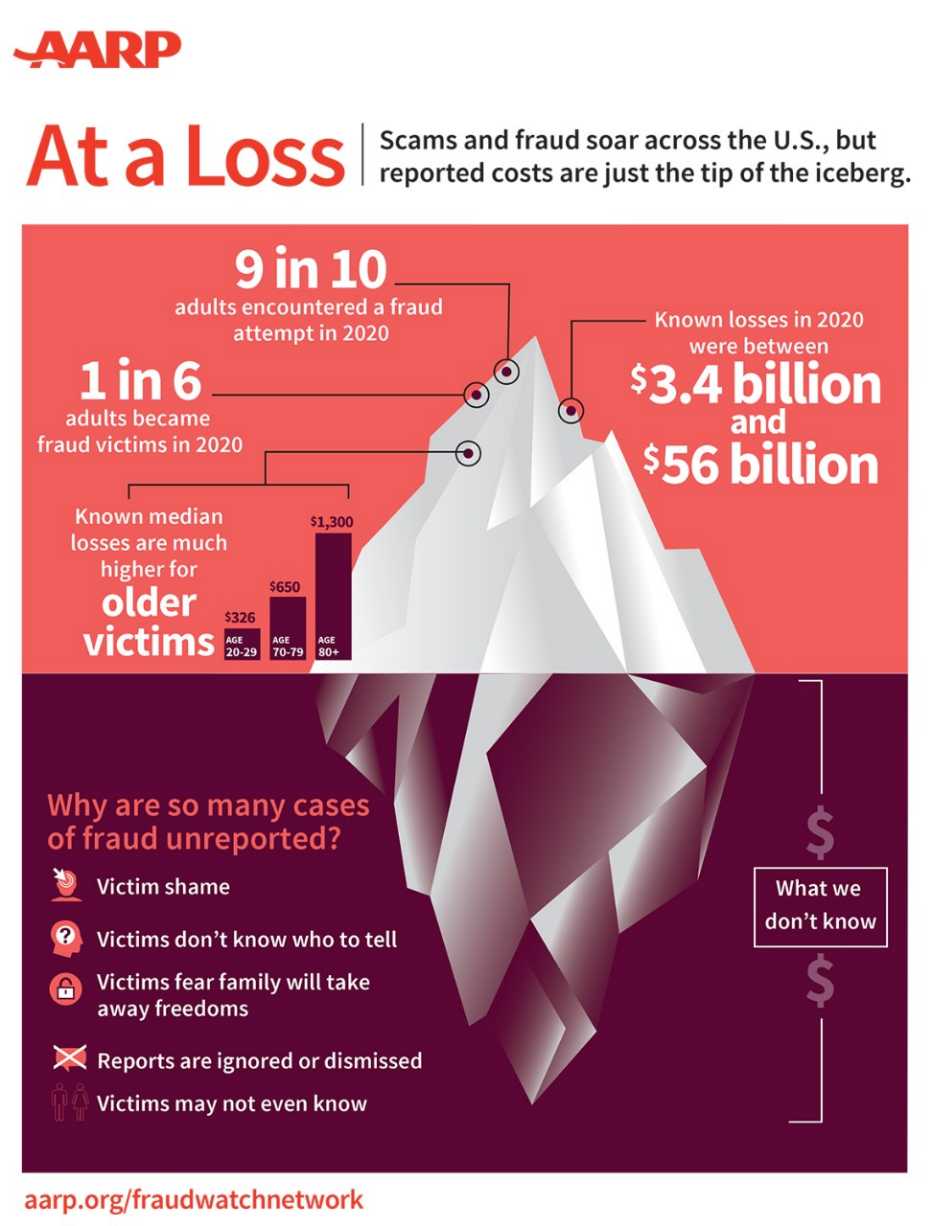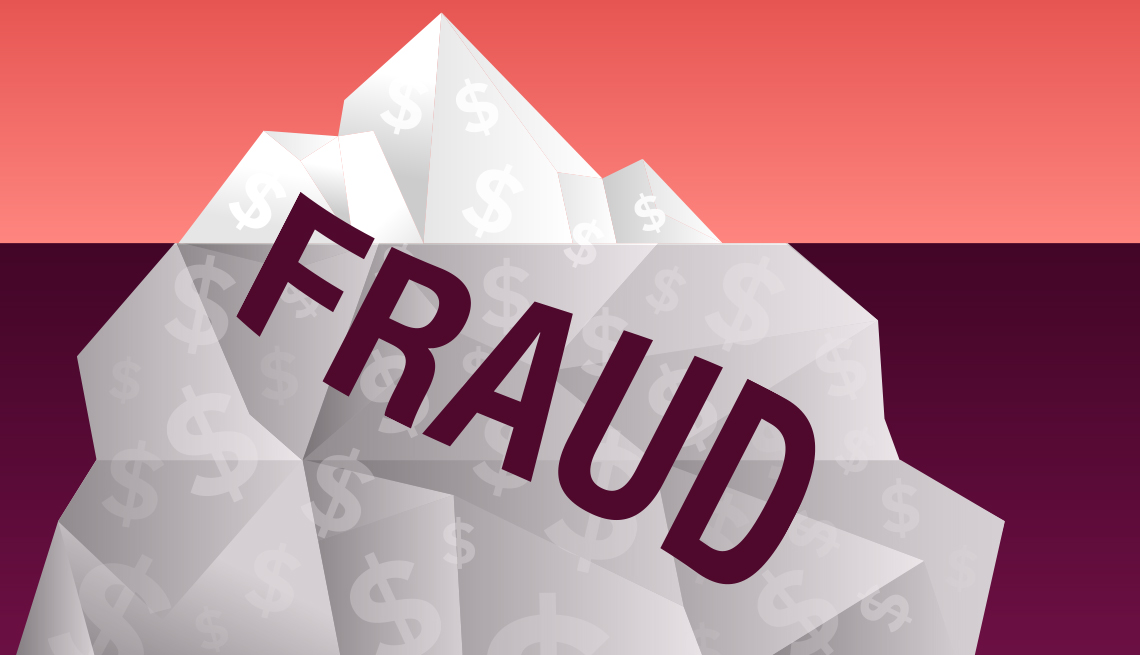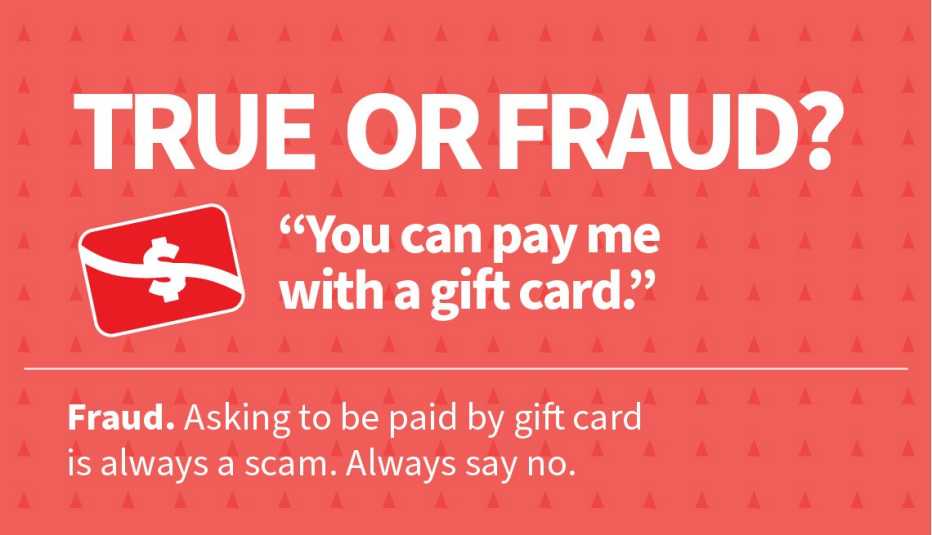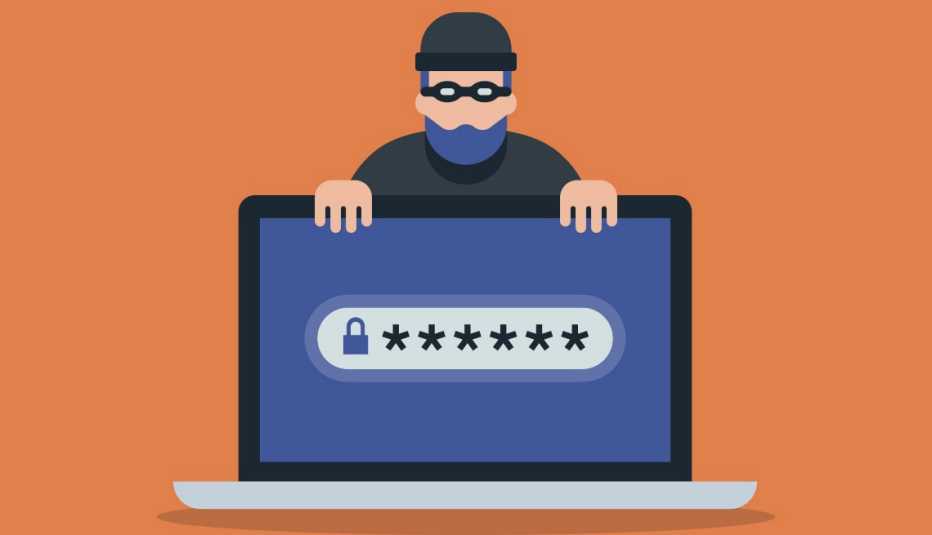AARP Hearing Center
Scam activity in the U.S. is at an all-time high, and the need for a meaningful, broad-based response has never been more urgent.
Much of the problem lurks below the surface, with frauds going unreported and consumers not adequately protected. Yet by one estimate, identity theft and related crimes skyrocketed to $56 billion in 2020, more than triple the amount from the prior year.
While cost estimates vary widely, the pandemic has given us reason to believe that reported losses are just the tip of the iceberg.
COVID-19 continues to stir fear and anxieties that scammers capitalize on. Among the factors:
- News headlines about COVID testing, treatments and government benefits have prompted a wave of efforts to deceive consumers, such as false promises to move individuals to the front of the line – for a fee.
- Increased stress and social isolation have made people more vulnerable to con artists. When anxiety rises, the ability to think rationally declines. Criminals thrive in such an environment.
- The increased embrace of computers for remote work, retail purchases and social connections has created a vast new population to target for online fraud. Such scams jumped 25 percent in the first part of 2021, according to the TransUnion credit bureau.
Those factors are just highlights of a larger, grim picture. A recent AARP survey found that nine in 10 Americans (229 million people) encountered a fraud attempt in the past year – and that one in six (33 million people) lost money as a result. A separate poll found that almost 60 million Americans lost money to phone scams last year.








































































